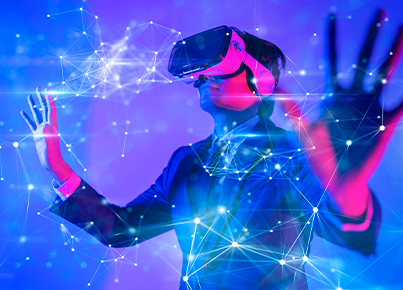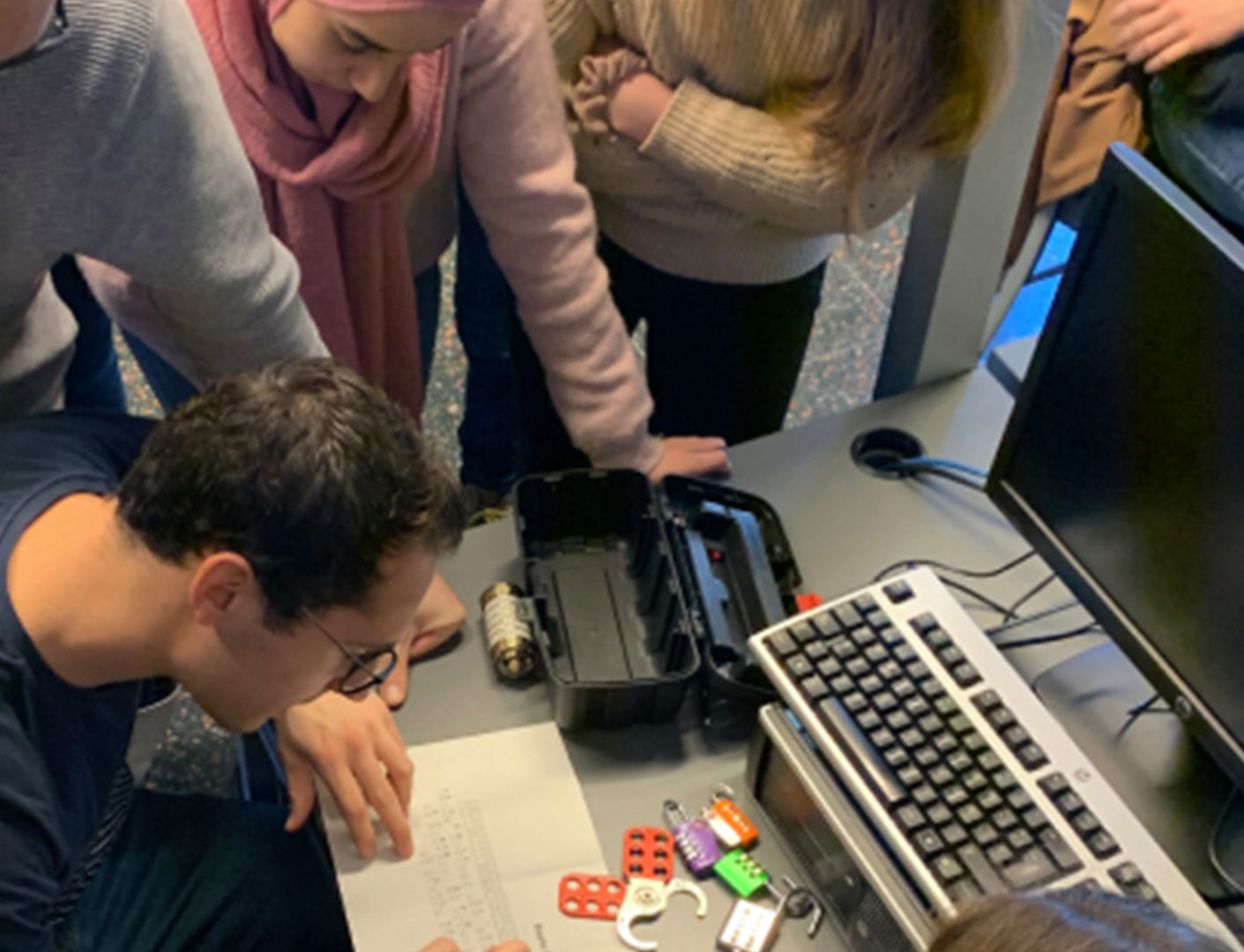GamiTools: tools to gamify

One: gamification
One of the most popular definitions of the term gamification is probably the one by Sebastian Deterding from 2011. According to Deterding, “gamification is the use of game design elements in non-game contexts”. There are other similar definitions but, in general, all of them refer to game elements, game design and to the fact that its use happens in non-game contexts.
If we focus on gamification applied to teaching contexts, I like to define this as “the design of game-like learning experiences”. This definition includes the design of learning experiences because that is the teacher’s basic task: to make didactic proposals so that students can learn. And they are game-like experiences because it picks up the idea of using game elements at the time of designing these experiences.
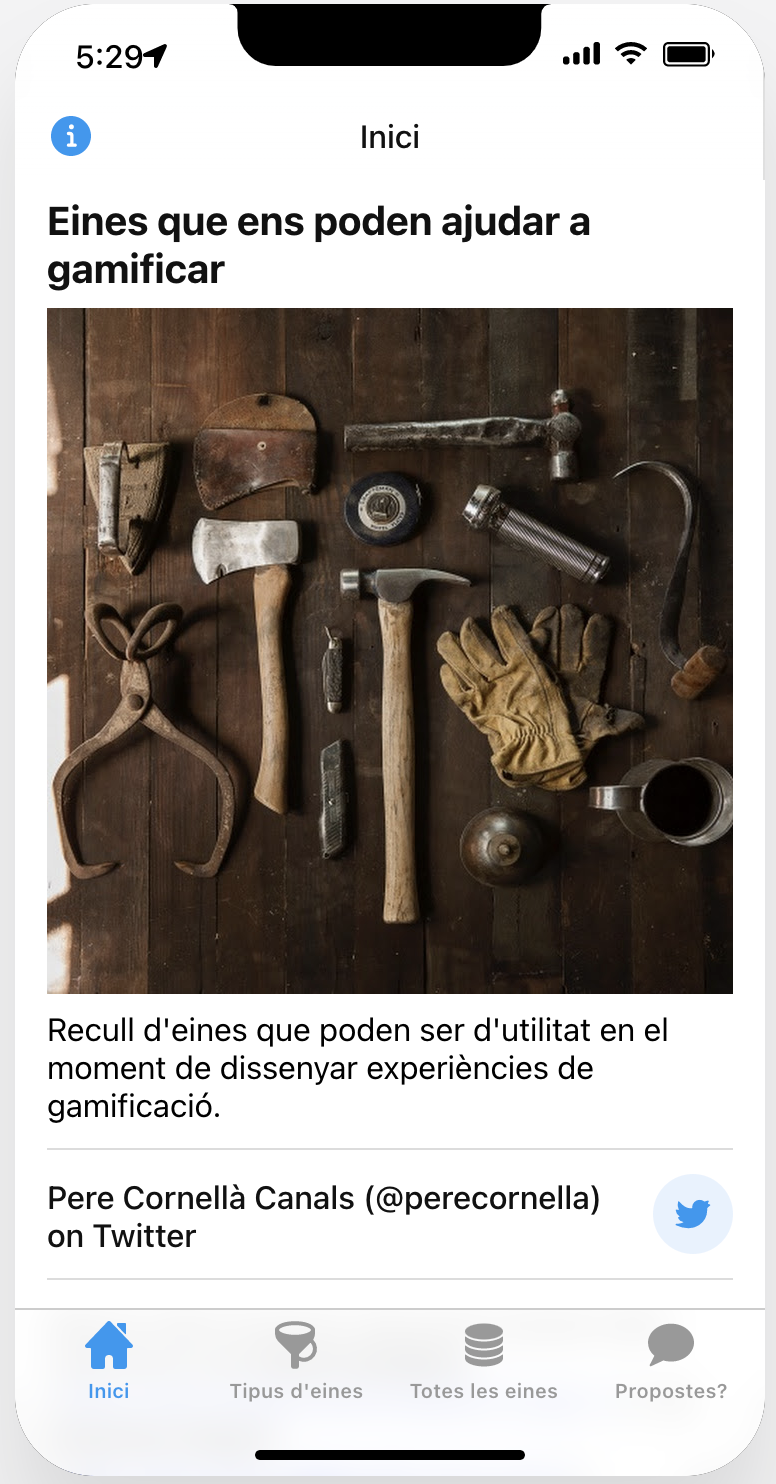
Two: gamification and technologies
Gamification is often related to technologies and it is believed that to design gamification experiences it is essential to use applications, computers, tablets or other mobile devices.
Though it is true that there can be many examples using technological resources, the use of technology is not an essential condition to gamify.
Even so, there are several applications and resources that can help us design learning gamification experiences.
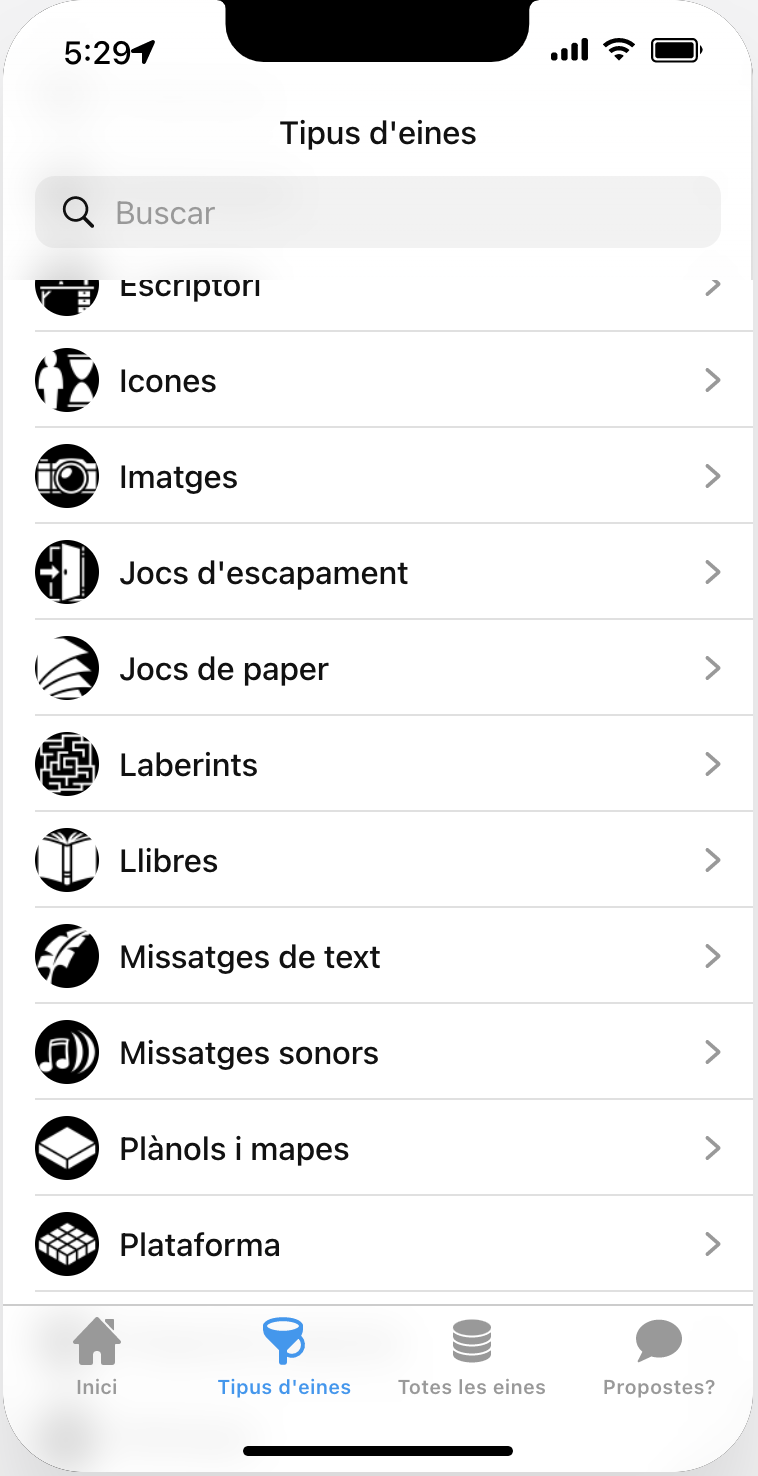
Three: tools to gamify
To be precise, we shouldn’t talk about “tools to gamify” but about “tools that can help us gamify”, applications and resources we can resort to when designing our gamified learning experiences. But we have to consider that we should always be guided by the teaching goals of our proposal; technology will be incorporated at a post-design stage.
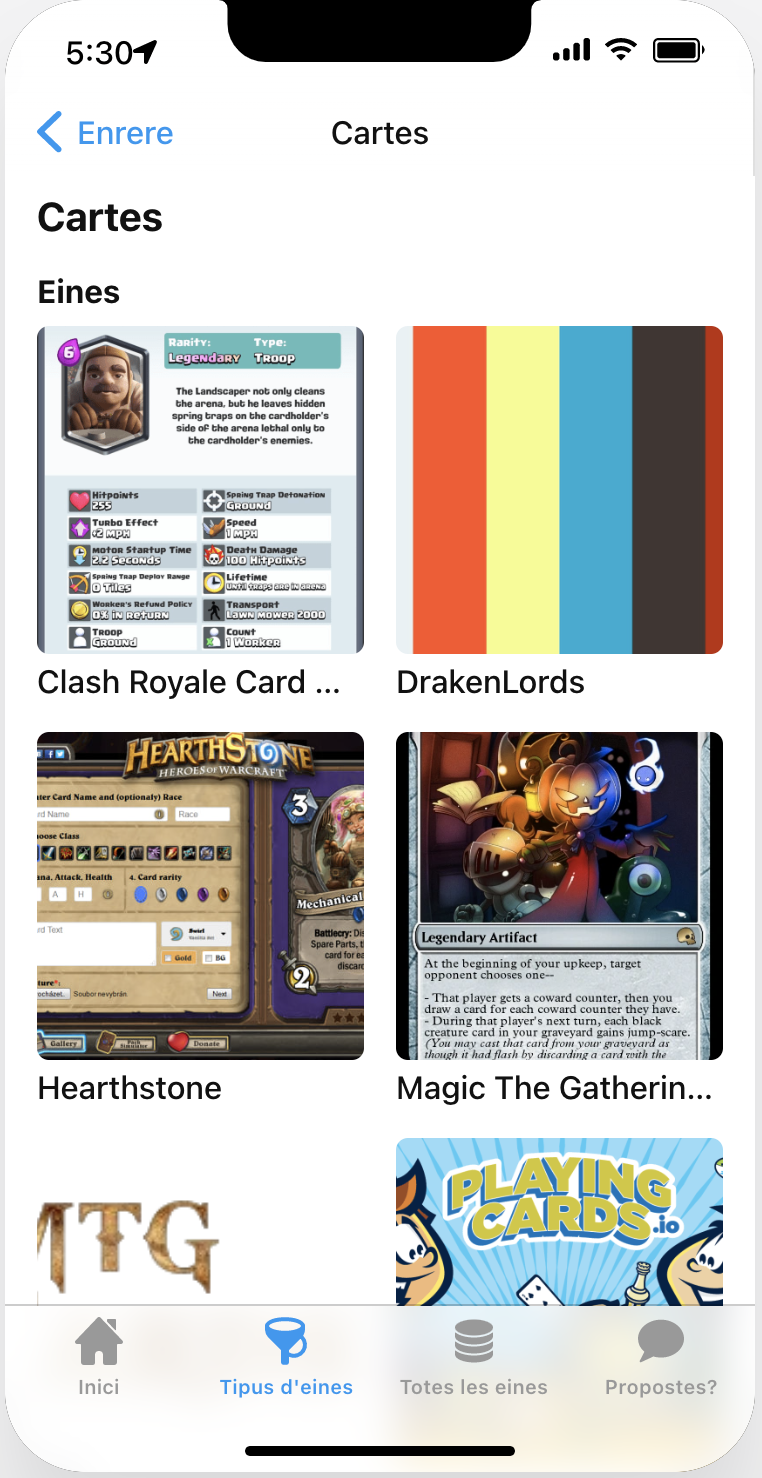
And, as we should always do when using technologies, we must really care about the impact that a specific tool or technological resource has in our learning design. Ruben Puentedura’s SAMR model can be very useful in these cases.
It is based on four levels of technology use:
Substitution and augmentation correspond to an improvement of the teaching process, while modification and redefinition refer to educational transformation.
In this sense, it seems clear that the tendency is to achieve the higher levels:modification and redefinition. Designing learning experiences that use technologies and that are in one of the two highest levels is usually the main goal. However, it is as or even more important to really know the level and use of the experience we are designing. We can´t make the mistake of, for example, thinking that our design is transforming when it is actually at the substitution level. It is also possible that at certain times we may need technology just to substitute or improve what we do through other channels.
Four: GamiTools
In an attempt to bring together a set of tools and resources that can help us design gamified learning experiences, I created GamiTools.
GamiTools is an application made with Glide (https://www.glideapps.com/), a tool that turns any information from a Google Sheet into a mobile device app. Products created with Glide can be checked through a web environment, but they are more effective if checked from a mobile. Just as with a conventional app, you can directly and easily access the app on the mobile device desktop to get a better experience..
At the moment of writing this article (April 2022) GamiTools is compiling about 90 tools and resources organized in different categories: 8 bit, AR/*VR, avatars, classifications, story creation, game creation, dynamics, desktop, icons, images, escape games, printable games, mazes, books, text messages, sound messages, platform, question-answer, sounds/music.
For each tool and resource there is a link to its official website and a brief description of its basic functionalities. All the proposals are intended to be access-free, or at least, to have a free functional version.
Finally, it should be added that it is a living application. That is to say, it is constantly adding new resources that can be useful for gamified designs. Similarly, other resources are eliminated from GamiTools once they are no longer of interest or functional.
GamiTools can be found in this link: https://gamitools.glideapp.io/. It can also be accessed by scanning the following QR code:

Do you think there are any interesting resources missing? If you get in touch with me, I’ll revise it and if it’s worth it, I’ll include it in GamiTools.


